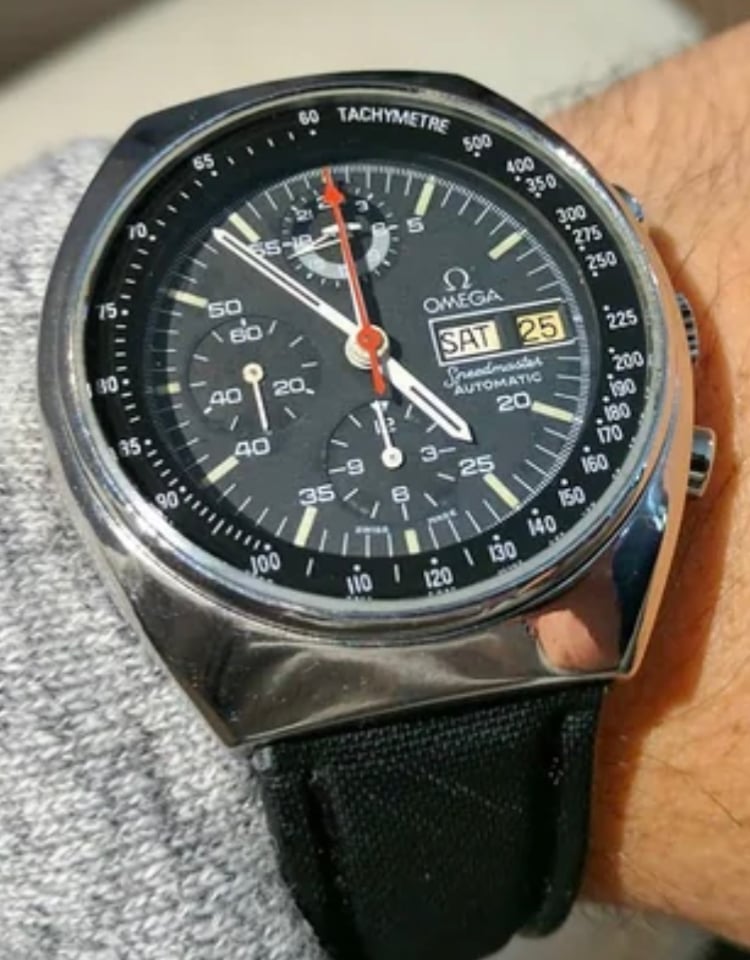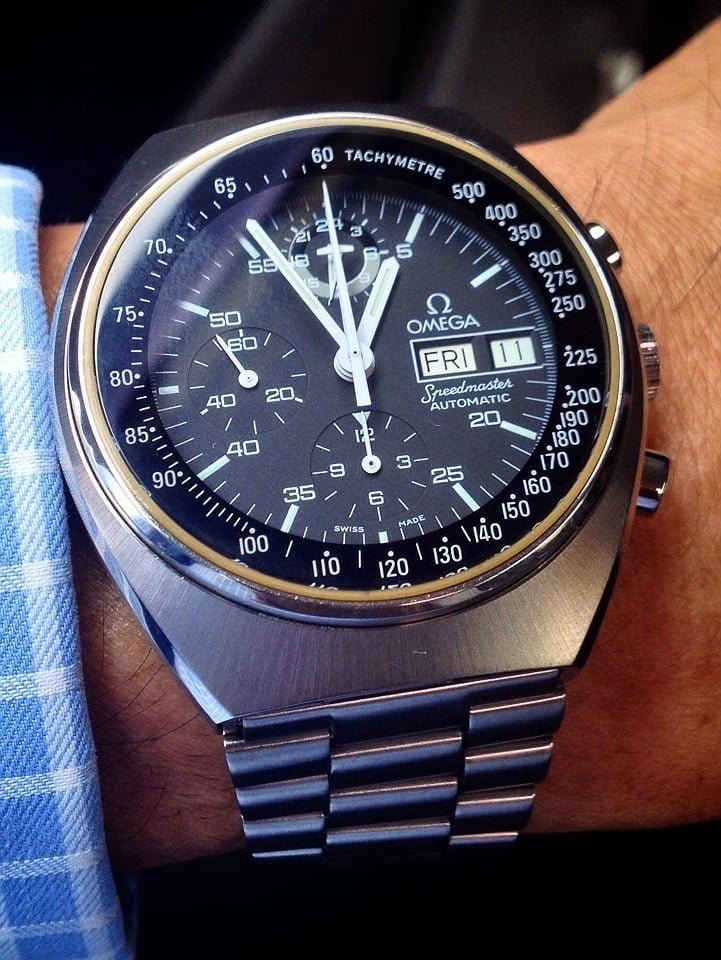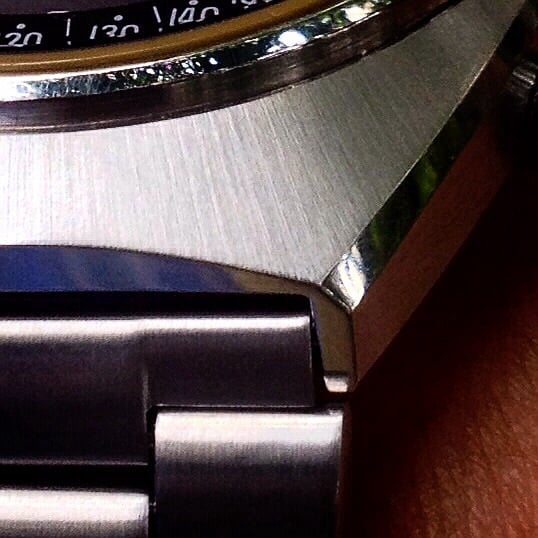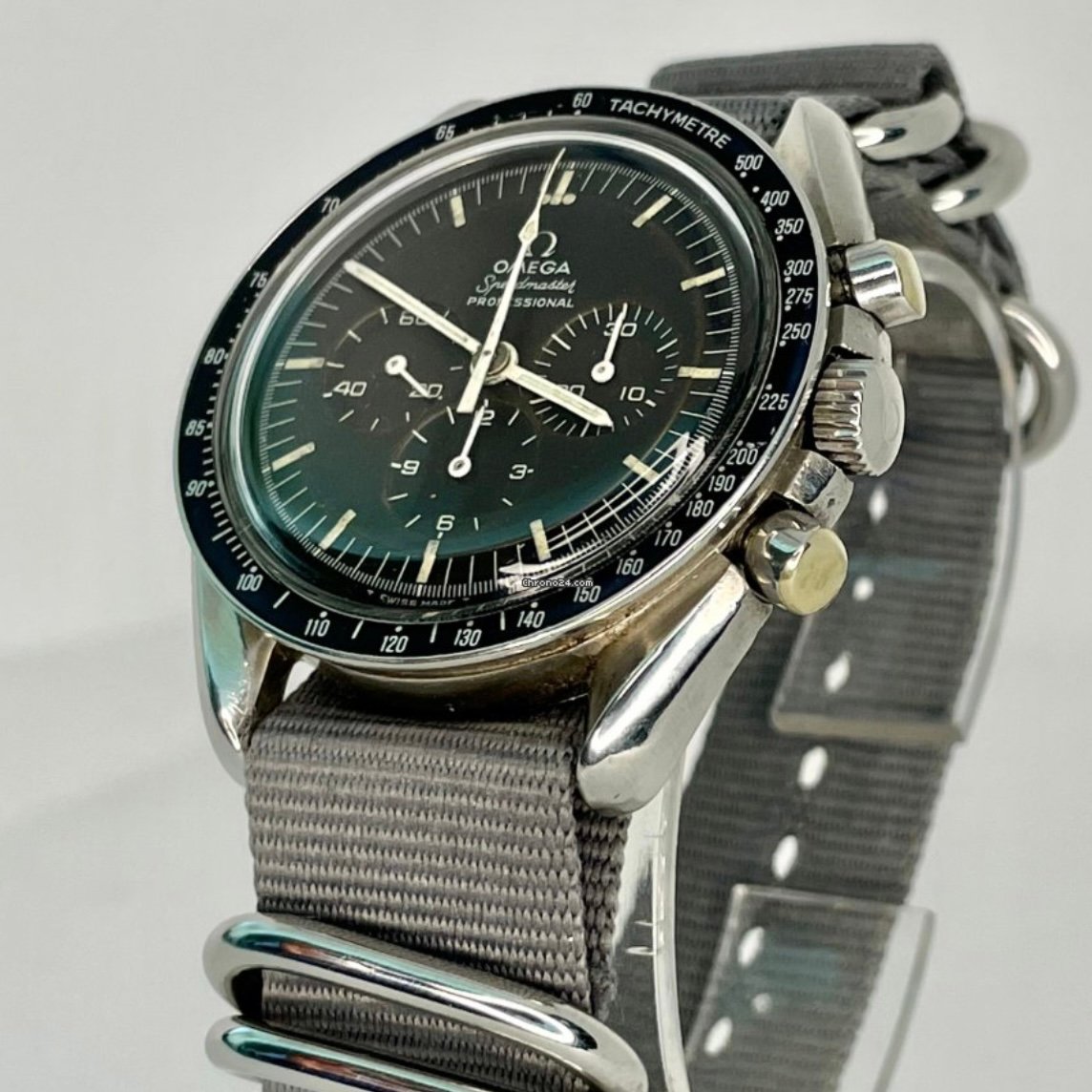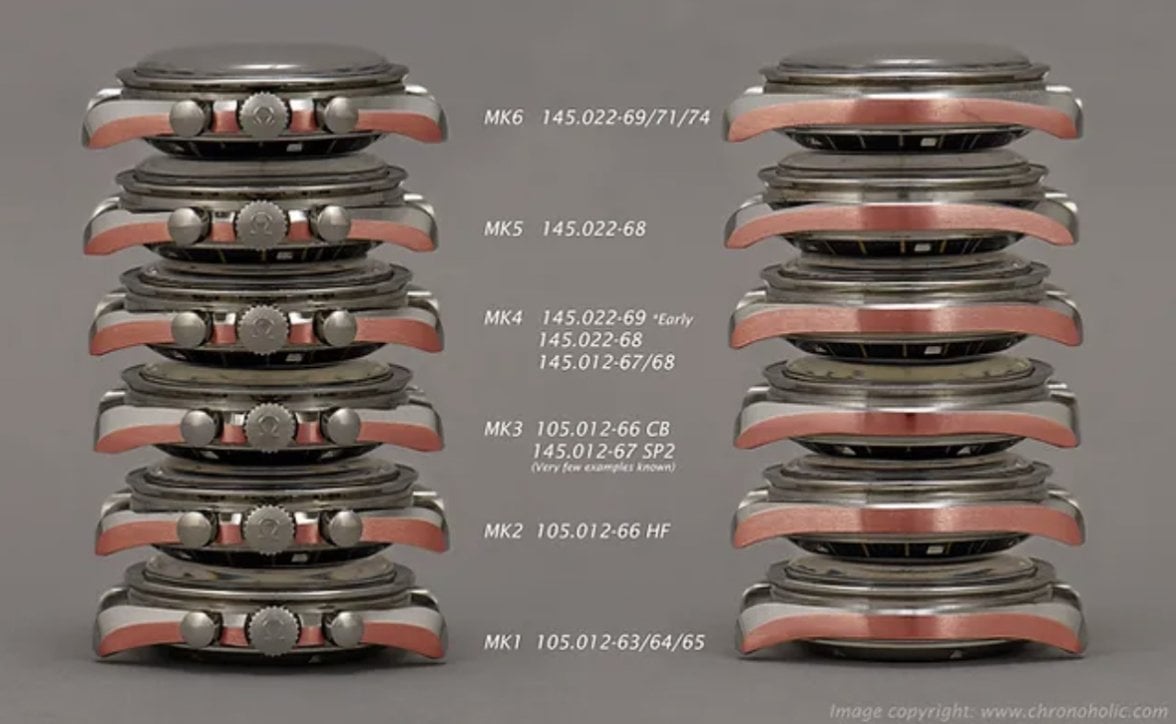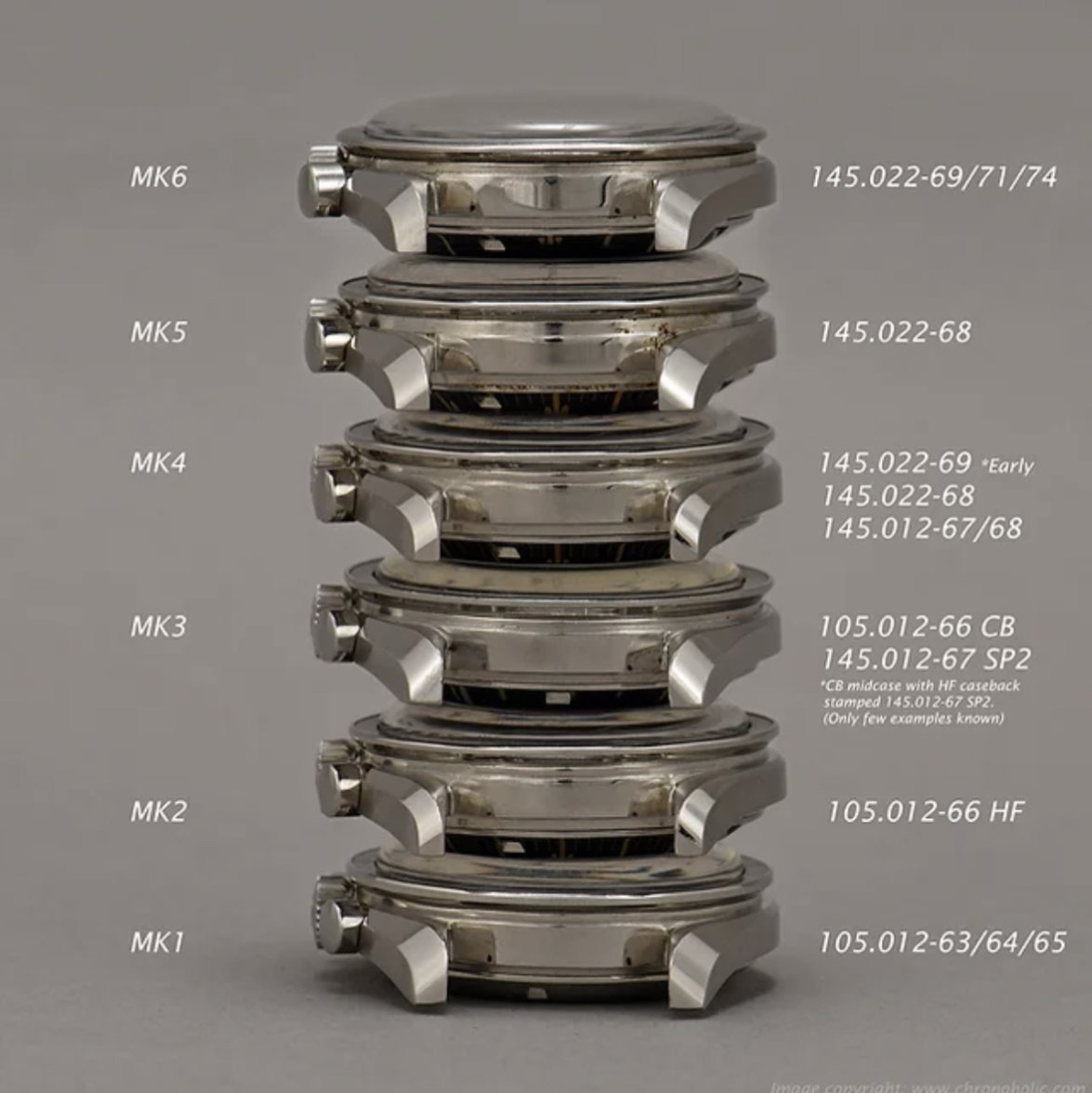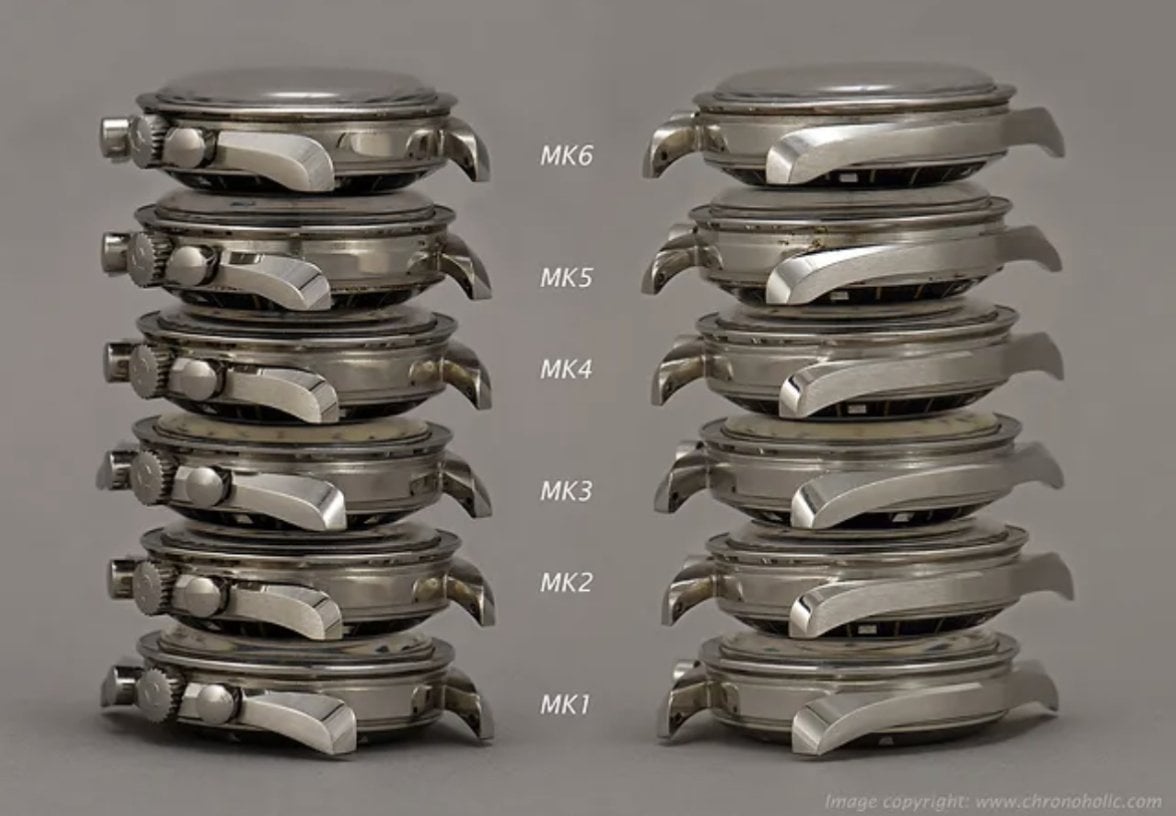- Posts
- 248
- Likes
- 50
Matty1
·Hi
I’ve been reading some past posts on how to tell if the case has been over polished. There have been comments about the lugs and how the polished element on lugs should be flat. I’ve looked at a number of cases and although it looks flat, the reflections in the mirror finish do distort a little where the mirror finish meets the brushed part of the lug.
So any helpful tips how to tell an over polished vs a well polished/ untouched case would be useful.
Thanks
I’ve been reading some past posts on how to tell if the case has been over polished. There have been comments about the lugs and how the polished element on lugs should be flat. I’ve looked at a number of cases and although it looks flat, the reflections in the mirror finish do distort a little where the mirror finish meets the brushed part of the lug.
So any helpful tips how to tell an over polished vs a well polished/ untouched case would be useful.
Thanks
